Gardening is a labor of love, and perennial vegetables offer a unique twist by rewarding your efforts year after year. Imagine when the seasons change, yet a select group of vegetables steadfastly continue to flourish, gracing your table with their bounty.
Living for more than two years and producing edible parts every year, they bring the joy of low-maintenance gardening and help you save time, money, and space in your garden.
So, in this article, we’ve compiled a list of perennial vegetables that you can plant once and enjoy for years to come!
#1. Artichokes

Artichokes are perennial vegetables that can live for more than two years and produce edible flower buds every year. If you are interested in growing them in your garden, you will need to choose a sunny spot with well-drained soil.
#2. Asparagus
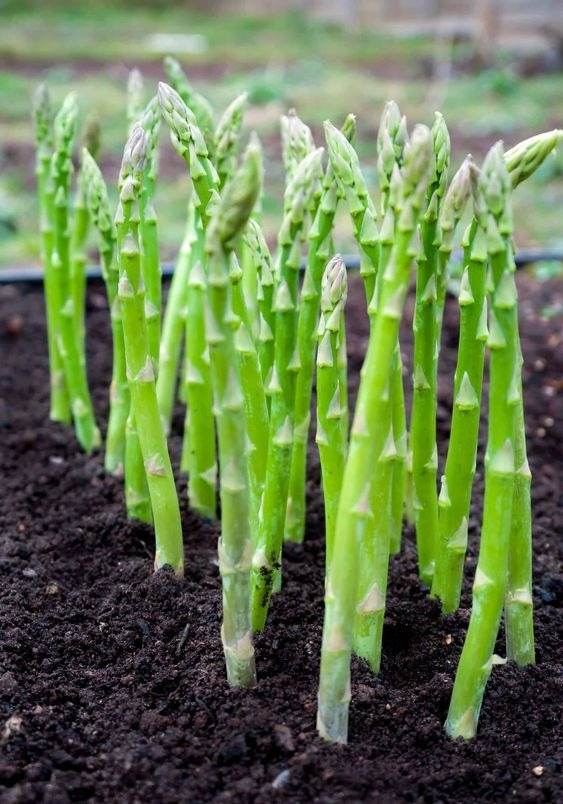
Asparagus is one of the most popular perennial vegetables, which produces tender green spears every spring. More surprisingly, it can be harvested for up to 20 years if the beds are weed-free.
#3. Chayote
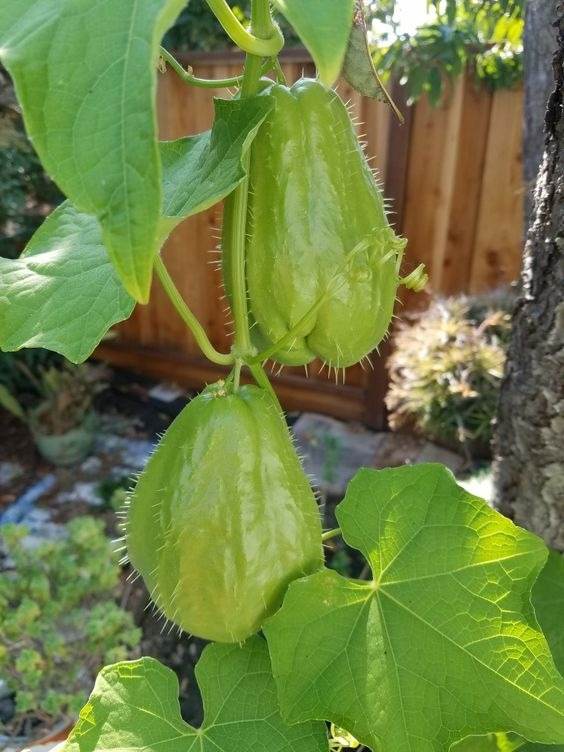
Chayote is a perennial vegetable that belongs to the squash family. It has a pale green, pear-shaped fruit that can be eaten raw or cooked. To grow chayote, you need to plant a whole fruit in a large pot or in the ground, with the stem end slightly exposed.
#4. Egyptian walking onion
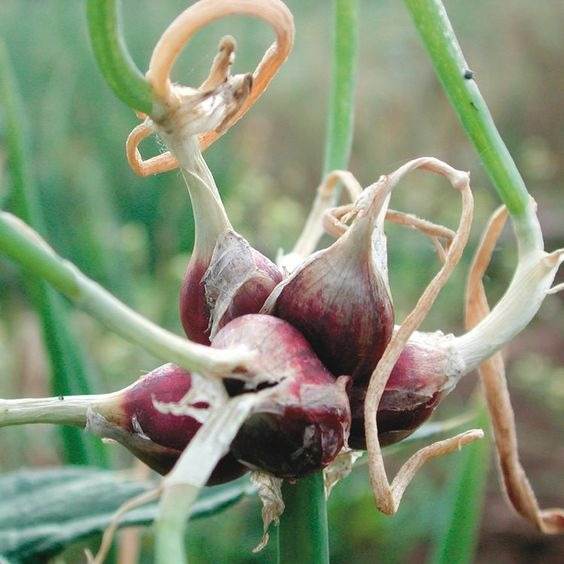
Egyptian walking onions are also known as tree onions, walking onions, or top-set onions, because they form clusters of bulbils at the top of their stalks, instead of flowers. They are easy to grow and care for. They prefer full sun to partial shade and moist but well-drained soil.
#5. Fennel
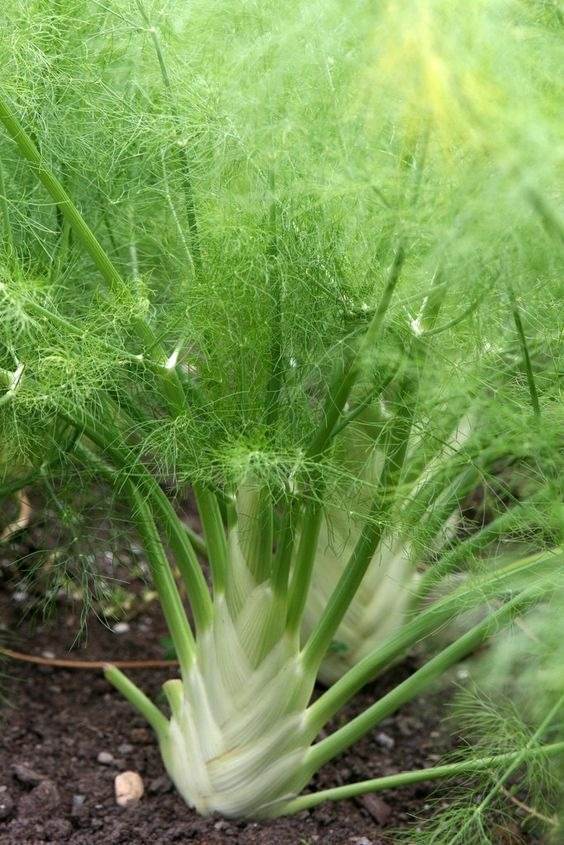
Fennel is a short-lived perennial plant that can grow for about 3-4 years. Within that period, you can collect the leaves, flowers, and seeds for consumption.
#6. Ginger
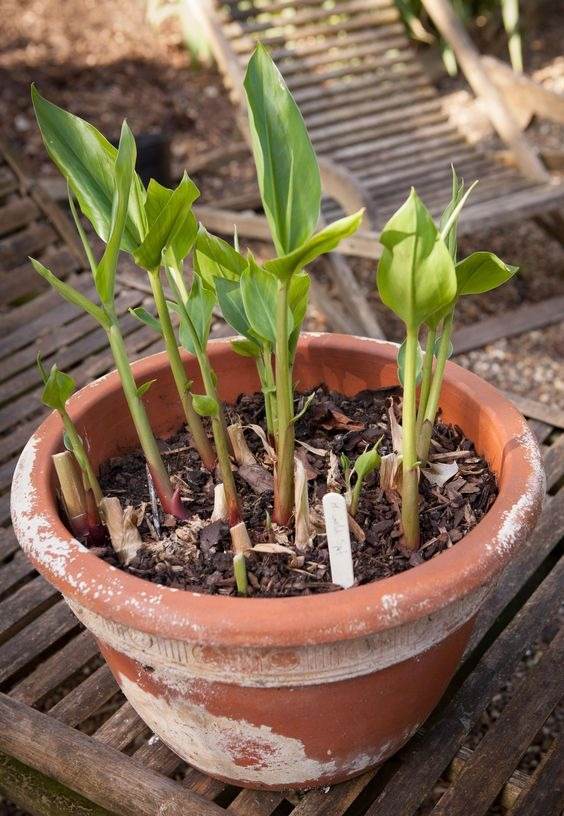
Ginger has many uses, both culinary and medicinal. It can take up to six months to produce new rhizomes, which can be harvested by digging up the plant and cutting off the desired amount.
#7. Sea kale
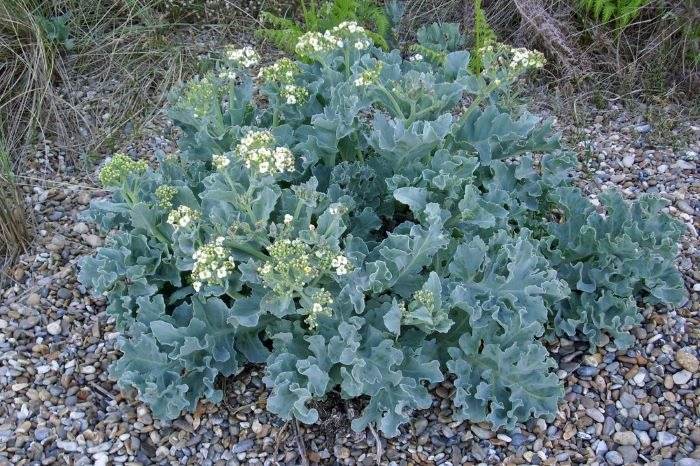
Sea kale is native to the seashores and cliffs of Eurasia, but you can still plant it in your garden. It is a hardy and drought-tolerant plant that can grow well in sandy and well-drained soils.
#8. Perennial leeks
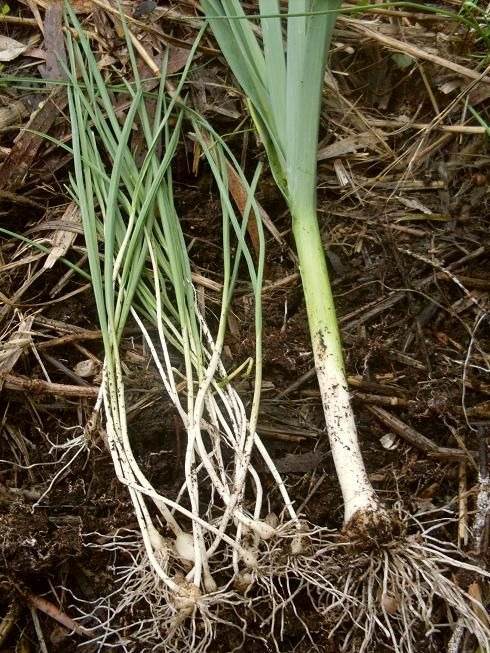
Perennial leeks are also known as wild leek, many-flowered garlic, or multiplier leek. They are similar to regular leeks, but smaller and thinner, with a mild onion flavor.
#9. Rhubarb
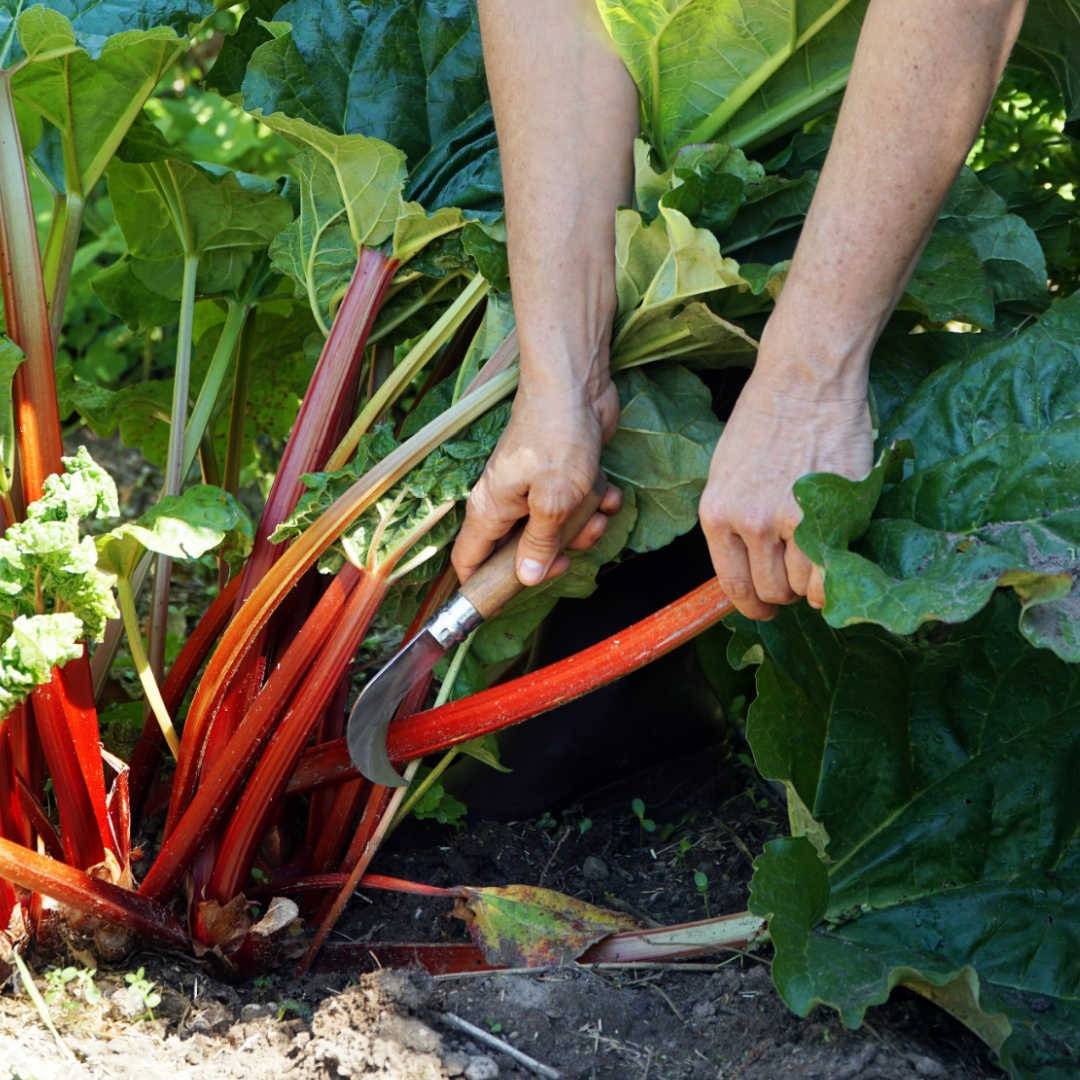
Rhubarb is a perennial vegetable that has large green leaves and red or green stalks that are used for pies, jams, and sauces. Its leaves are toxic, so avoid eating them.
#10. Sorrel
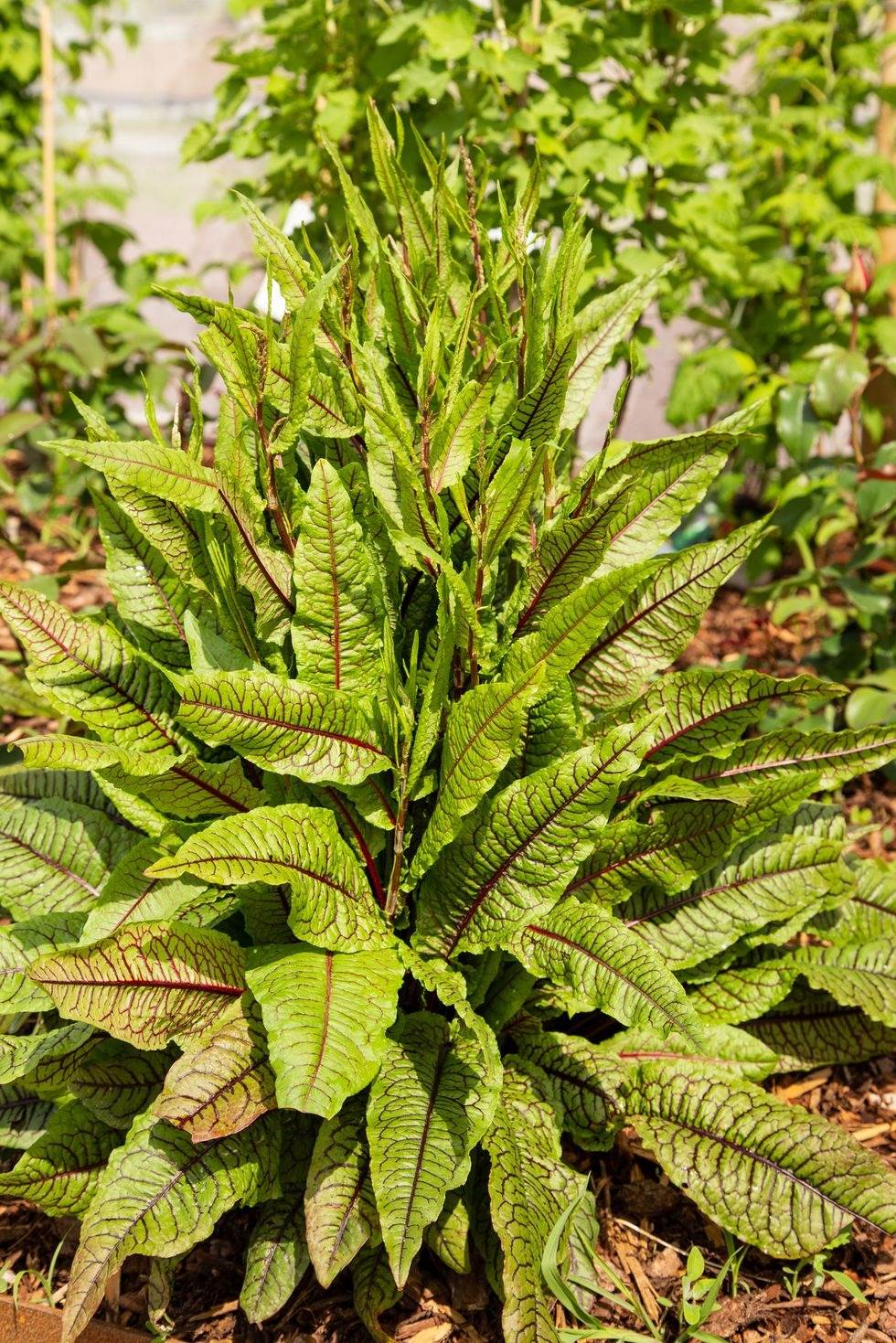
Sorrel is a leafy green with a tangy lemon flavor and can be used for salads, soups, and sauces. It can be harvested throughout growing seasons but is a bit bitter in hot weather.
#11. Sweet potato

Sweet potato produces orange or purple tubers that are rich in vitamin A and fiber. Sweet potatoes will die off in the winter, but if their roots remain in the ground, they will come back up again in the spring.
#12. Tree cabbage
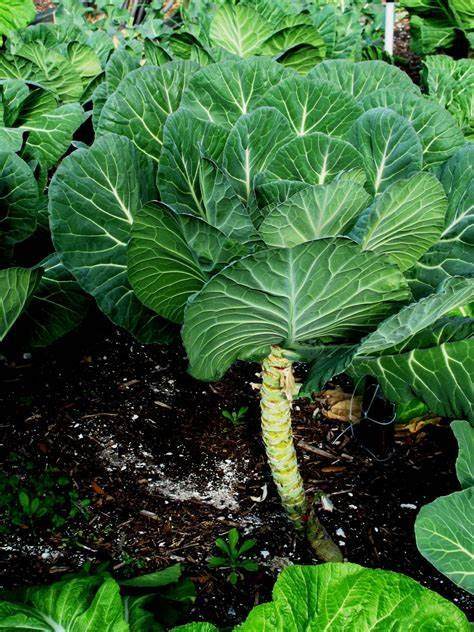
Tree cabbage or tree collard has large green or purple leaves that can be eaten raw or cooked like kale or collard greens. Under frost, it should be protected.
#13. Watercress
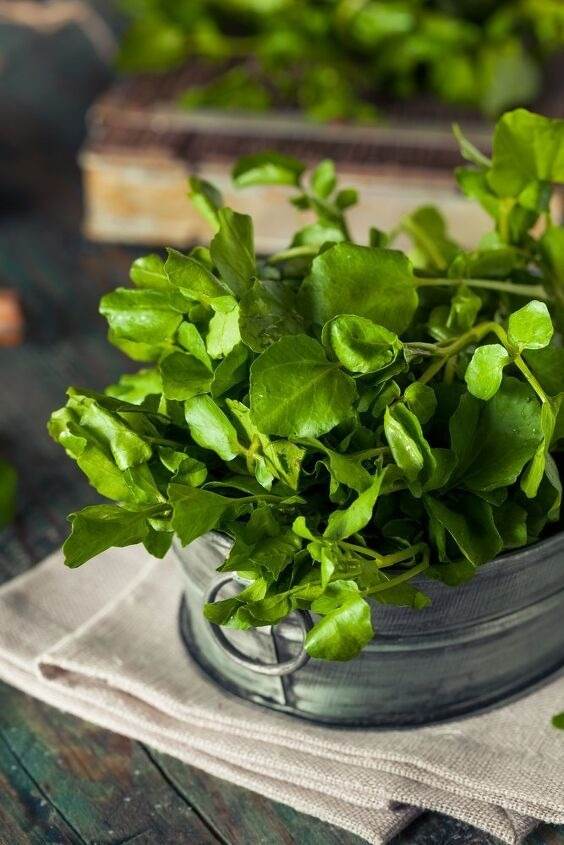
Watercress thrives in moist soil or water and has small green leaves that have a peppery flavor. However, you should control it to prevent invasion.
#14. Wasabi
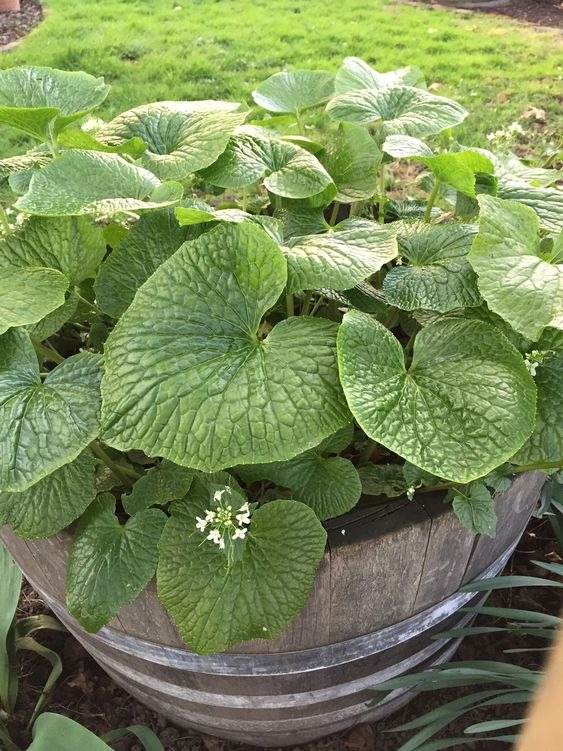
Wasabi is native to Japan and has a spicy root that is used for sushi and other dishes. Under cool and shady conditions, it can be harvested after 2-3 years of growth.
#15. Spinach

Spinach is a leafy green vegetable that is usually grown as an annual, but some varieties can be grown as perennials in certain climates. Some varieties of spinach that are perennial are Ceylon, Sissoo, or New Zealand spinach.
Perennial vegetables embody the spirit of self-sufficiency and the joy of low-maintenance gardening. By introducing them into your garden, you’re making a commitment to the land and the legacy of sustenance it can provide. If you’re interested in growing food or tips to keep your garden healthy and fancy, don’t forget to subscribe to our website and wait for more articles.
